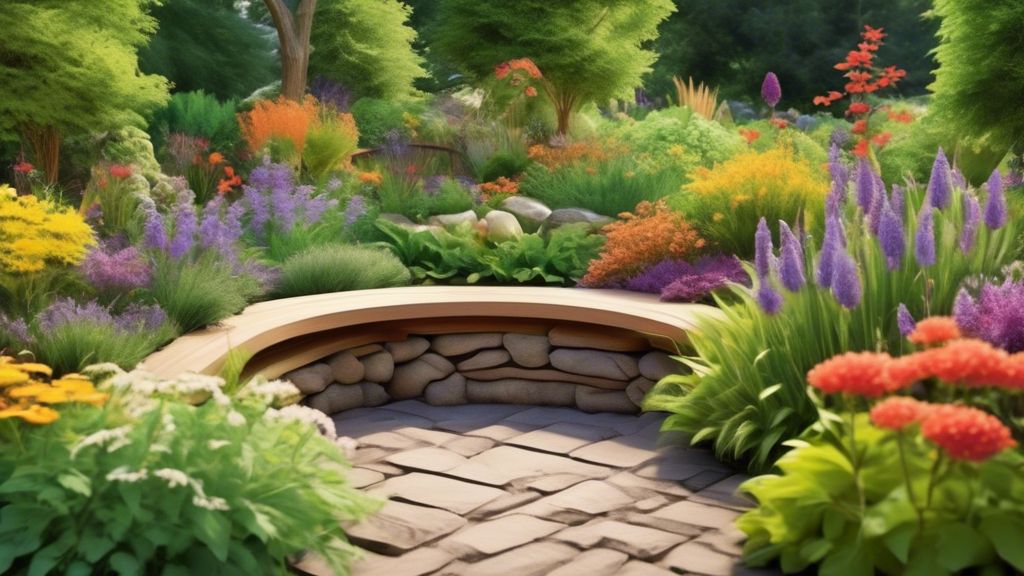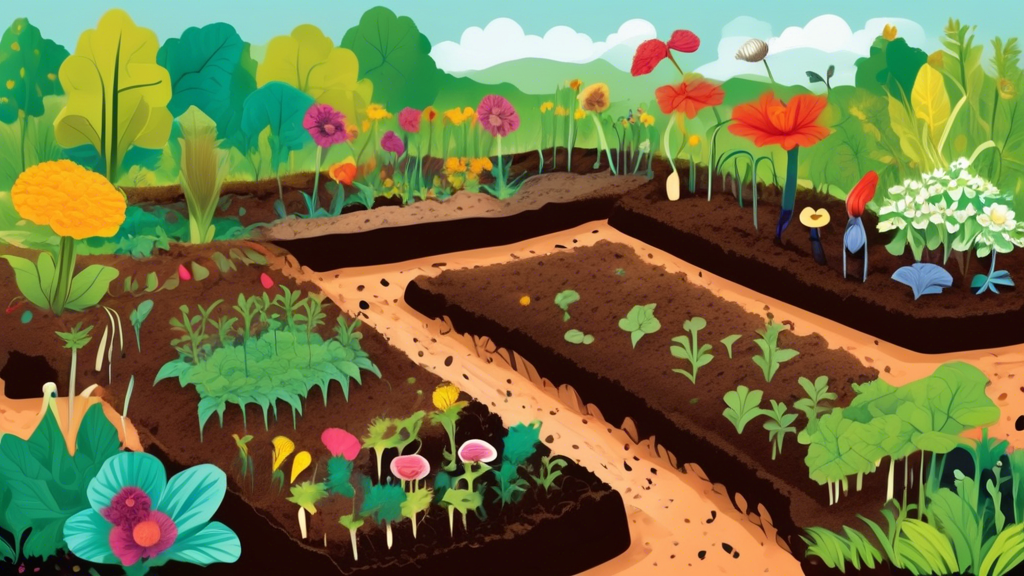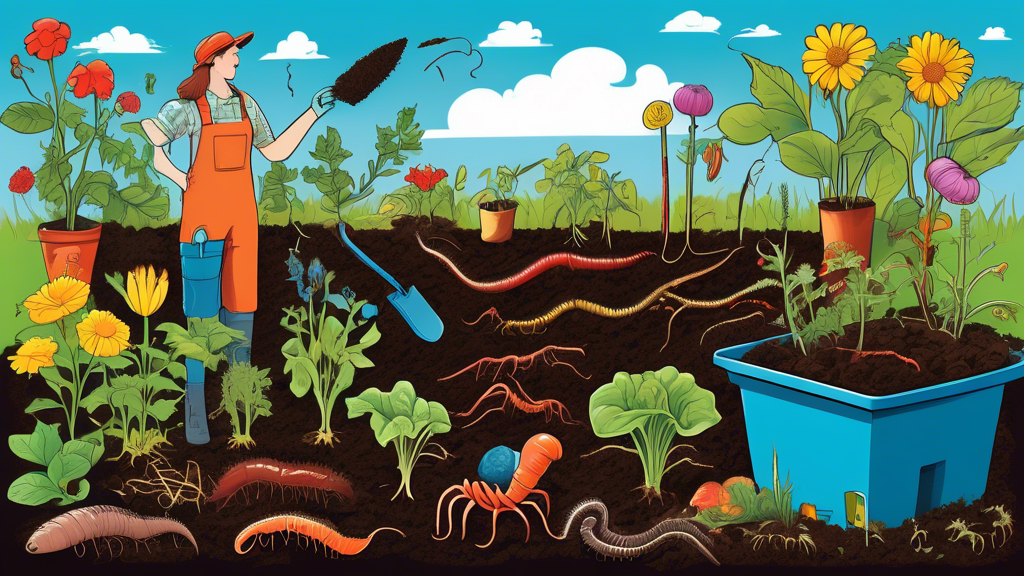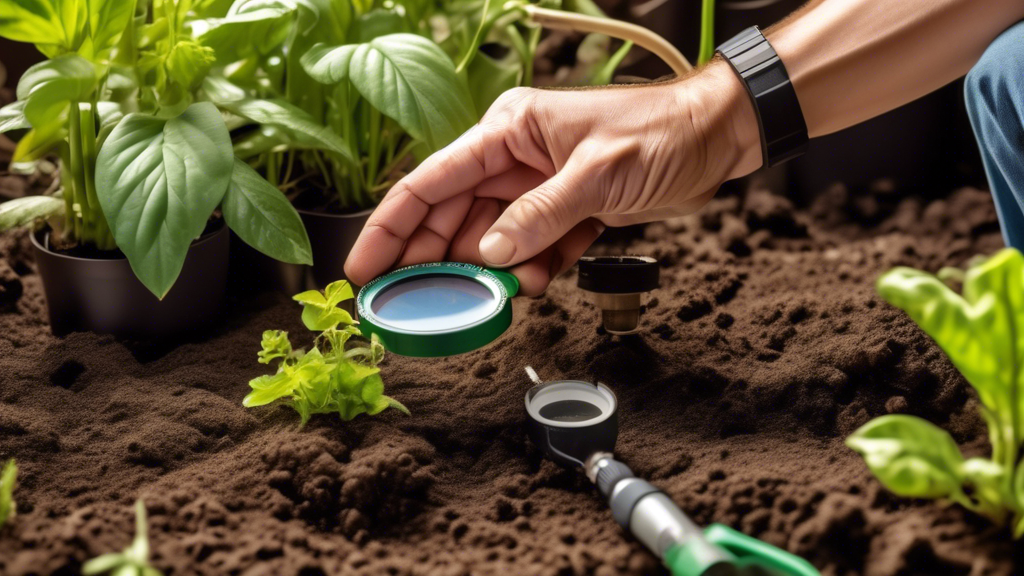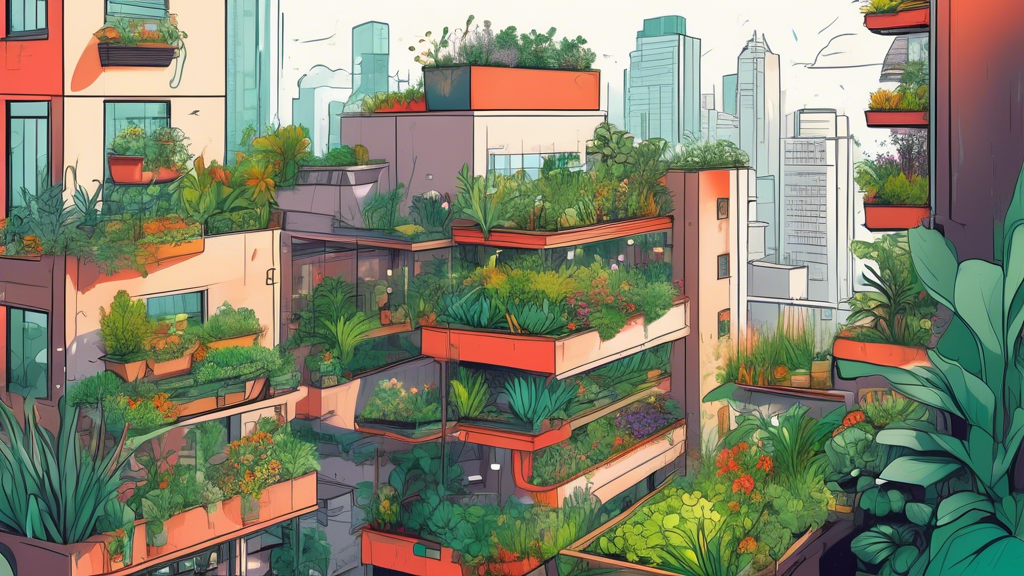
Introduction: What is Permaculture and Why It Works in the City
Permaculture is a creative design process based on whole-systems thinking. It provides a framework for creating sustainable and resilient human habitats by mimicking the patterns and relationships found in nature. While often associated with large rural farms, permaculture is fundamentally about principles, not acreage. This makes it exceptionally well-suited for small urban spaces. The goal is to transform underutilized areas—balconies, patios, rooftops, and tiny yards—into productive, self-sustaining ecosystems that provide food, beauty, and a deeper connection to the natural world, even in the heart of the city.
Core Permaculture Principles for the Urban Gardener
To successfully apply permaculture, start by understanding its core ethics and principles. The ethics are: Earth Care, People Care, and Fair Share. The following principles are your practical guide.
Observe and Interact
Before planting a single seed, spend time observing your space. Conduct a simple site analysis over a few days or weeks. Track where and when sunlight falls, note wind patterns, and observe how water flows during rain. This knowledge allows you to place plants in their ideal locations, saving you effort and resources later.
Catch and Store Energy
In the city, energy is all around us. Use dark-colored pots to absorb and retain solar heat, warming the soil for your plants. Consider a small, solar-powered pump for a container water feature that aerates the water and provides a soothing ambiance.
Obtain a Yield
Your small space should be productive. Focus on high-value, fast-growing crops that give you the biggest return on your investment of space and time. Think fresh herbs, cut-and-come-again salad greens, radishes, and dwarf varieties of fruit trees like lemons or apples.
Apply Self-Regulation and Accept Feedback
Your garden is a living system that will communicate with you. If a plant is struggling, it’s giving you feedback. Perhaps it needs more sun, less water, or a different neighbor. Learn from these successes and failures to create a garden that is uniquely adapted to your urban micro-climate.
Practical Permaculture Techniques for Small Urban Spaces
Vertical Gardening: Your Third Dimension
When floor space is limited, grow upwards. Use trellises for beans and cucumbers, repurpose wooden pallets into vertical planters, install hanging pocket gardens on a sunny wall, or create a living wall of herbs and strawberries.
Container and Pot Gardening with a Twist
Containers are the foundation of urban gardening. Go beyond basic pots by using self-watering containers or building wicking beds, which draw water up from a reservoir below, reducing watering frequency. Get creative with recycled materials like food-grade buckets or old dresser drawers.
Unique Insight: Create a “keyhole” container garden. Take a large, round planter and cut a notch out of one side, giving you easy access to all plants without compacting the soil. This design mimics large-scale keyhole gardens, which are renowned for their water efficiency and high yield in a small footprint.
Intensive Planting with Guilds
Instead of planting in monocultures, build plant communities known as guilds. In a single large container or raised bed, group plants that support each other. A classic “Three Sisters” guild for a container could be a dwarf corn plant providing a structure for beans to climb, while squash leaves shade the soil to retain moisture.
Creating Microclimates
You can manipulate your small space to create ideal growing conditions. A light-colored wall can reflect heat onto heat-loving plants like peppers. Use a simple shade cloth to protect cool-weather greens from the harsh afternoon sun. A small trellis with a vining plant can act as a windbreak for more delicate specimens.
Urban Waste as a Resource (Closing the Loop)
Turn your “waste” into valuable resources. Start a small-scale compost system with a worm bin (vermicompost) or a bokashi bucket, which can ferment kitchen scraps in an airtight container, perfect for indoor use. Place a rain barrel under a downspout to collect free water for your plants.
Solving Common Urban Gardening Challenges
“I Don’t Have Any Ground Space”
No ground? No problem. Utilize vertical spaces with wall planters and hanging baskets. Explore container gardening on a sunny rooftop or a sturdy fire escape (check local regulations first). Window boxes can provide a surprising amount of herbs and flowers. Alternatively, seek out a shared plot in a local community garden.
“The Soil in My Area is Poor or Contaminated”
This is a common urban issue. The safest solution is to create a barrier between your plants and the native soil. Build raised beds and fill them with a clean soil mix, or stick exclusively to container gardening where you have full control over the growing medium.
“I Don’t Have Enough Time to Maintain a Garden”
Permaculture design aims to create low-maintenance systems. Incorporate perennial plants like rosemary, thyme, and asparagus that come back year after year. Use heavy mulching to suppress weeds and retain moisture, reducing your watering and weeding chores.
“I Have Very Little Sunlight”
Many plants thrive in partial to full shade. Focus on leafy greens like lettuce, spinach, and kale, as well as herbs like mint, parsley, and chives. You can also boost available light by placing reflective surfaces, like white boards or aluminum foil, strategically to bounce light onto your plants.
Permaculture vs. Traditional Gardening in an Urban Setting
| Aspect | Permaculture Approach | Traditional Gardening Approach |
|---|---|---|
| Goal | Mimic a resilient, self-sustaining ecosystem. | Isolated production of specific crops. |
| Inputs | Emphasizes recycled, repurposed, and on-site resources. | Often relies on purchased fertilizers, pesticides, and soil. |
| Design | Uses vertical space and “stacks functions” (e.g., a trellis provides food and shade). | Typically single-layer, horizontal planting in rows. |
| Biodiversity | High, using plant guilds to create beneficial relationships. | Low, often planting the same crop in one area (monoculture). |
Frequently Asked Questions (FAQs)
Can I really practice permaculture on a balcony?
Absolutely! A balcony is a perfect, contained system to apply permaculture principles. You can observe sun and wind patterns, catch and store water in a small barrel, create vertical guilds in a large planter, and compost with a worm bin. It’s a micro-ecosystem waiting to be designed.
What are the best plants to start with?
Begin with easy, multi-functional, and productive plants. Herbs like basil, mint, and thyme are great. Nasturtiums provide edible leaves and flowers and can help deter pests. Loose-leaf lettuce and Swiss chard are fast-growing and can be harvested multiple times.
Is permaculture more expensive than regular gardening?
It can be significantly cheaper in the long run. While there might be an initial investment in good soil or containers, permaculture emphasizes using what you have. Making your own compost and plant food from kitchen scraps, propagating plants from cuttings, and collecting rainwater drastically reduce ongoing costs.
How do I deal with pests without chemicals?
Promote a balanced ecosystem. Planting a diversity of flowers like marigolds and calendula will attract beneficial insects like ladybugs and lacewings that prey on pests. Companion planting, such as growing basil near tomatoes to repel flies and mosquitoes, is a natural and effective deterrent.
Conclusion: Your Urban Oasis Awaits
Applying permaculture techniques for small urban spaces is an empowering and accessible journey. It’s a powerful way to increase your food security, reduce your environmental footprint, connect with nature, and create a beautiful, tranquil retreat. You don’t need to do everything at once. Start small by implementing just one technique—perhaps a vertical herb garden or a simple worm compost bin. Observe the results, learn from the feedback, and slowly expand your productive urban oasis from there.

